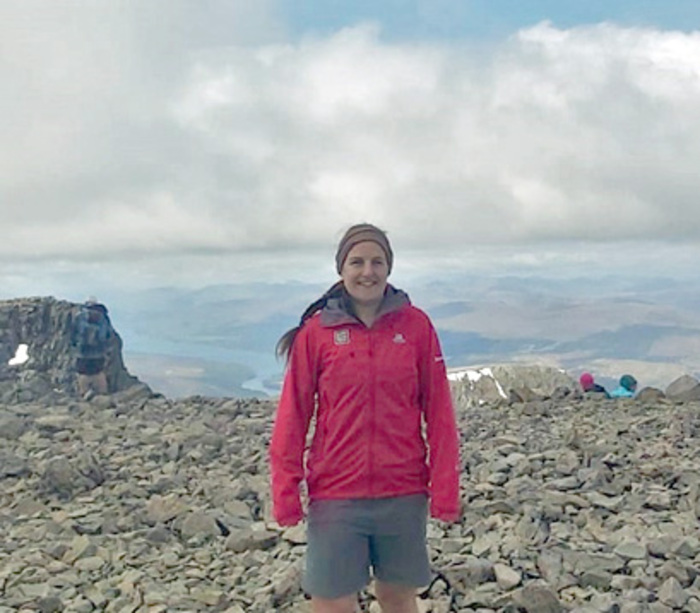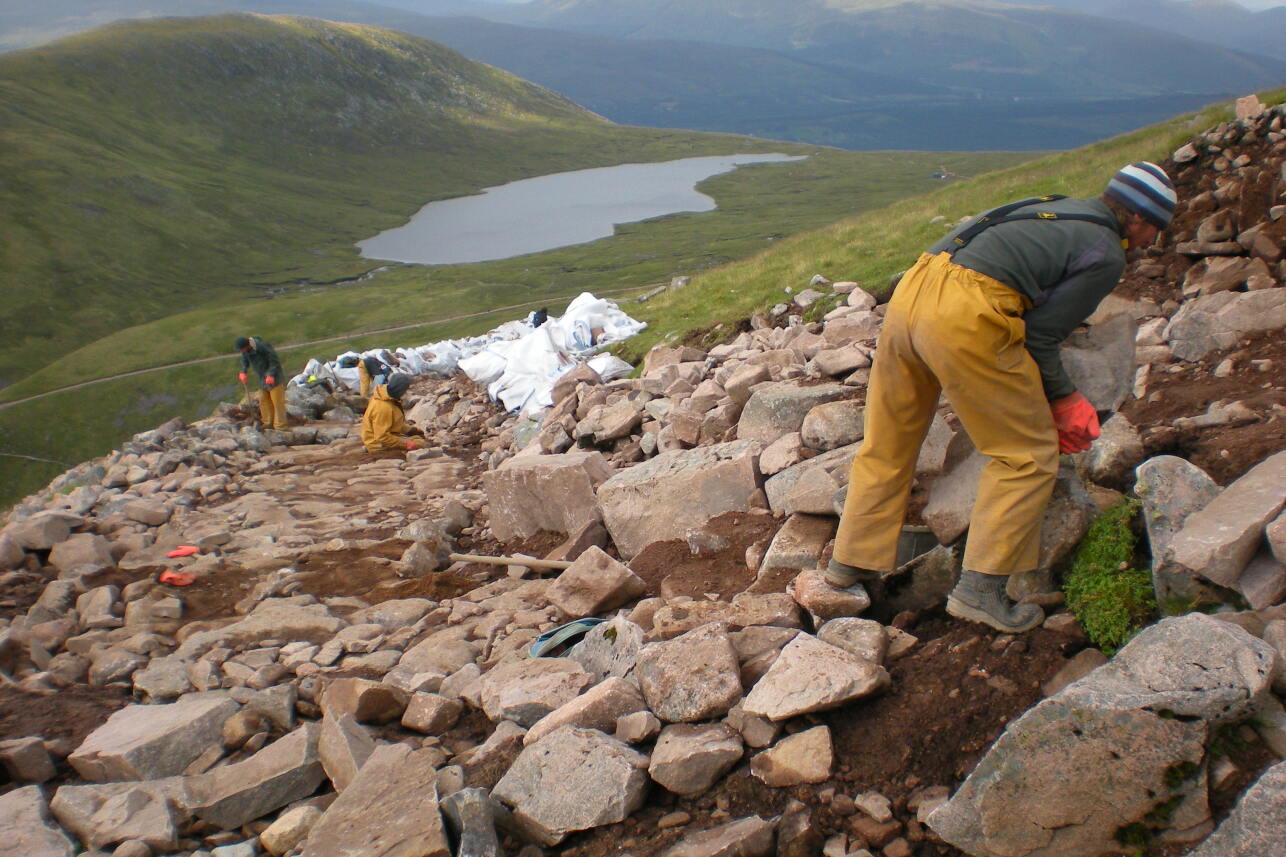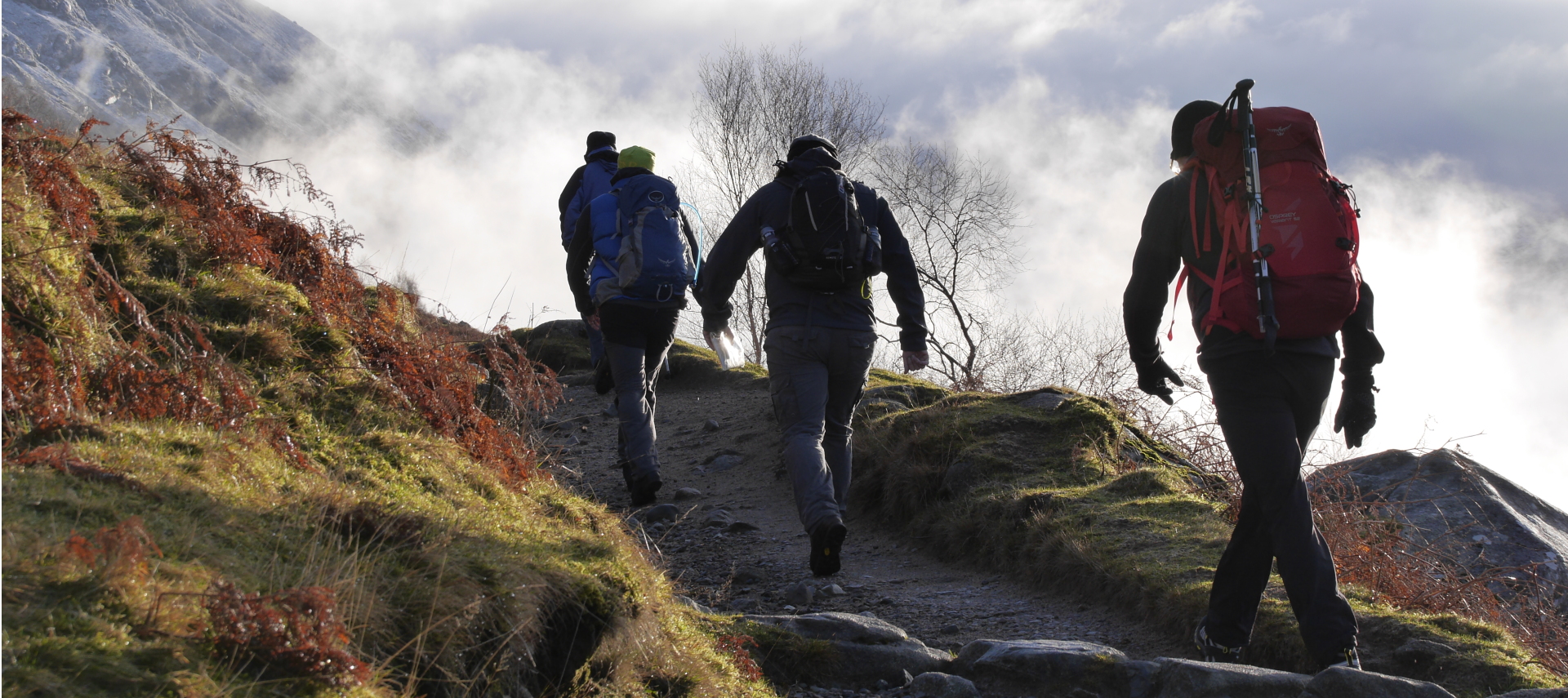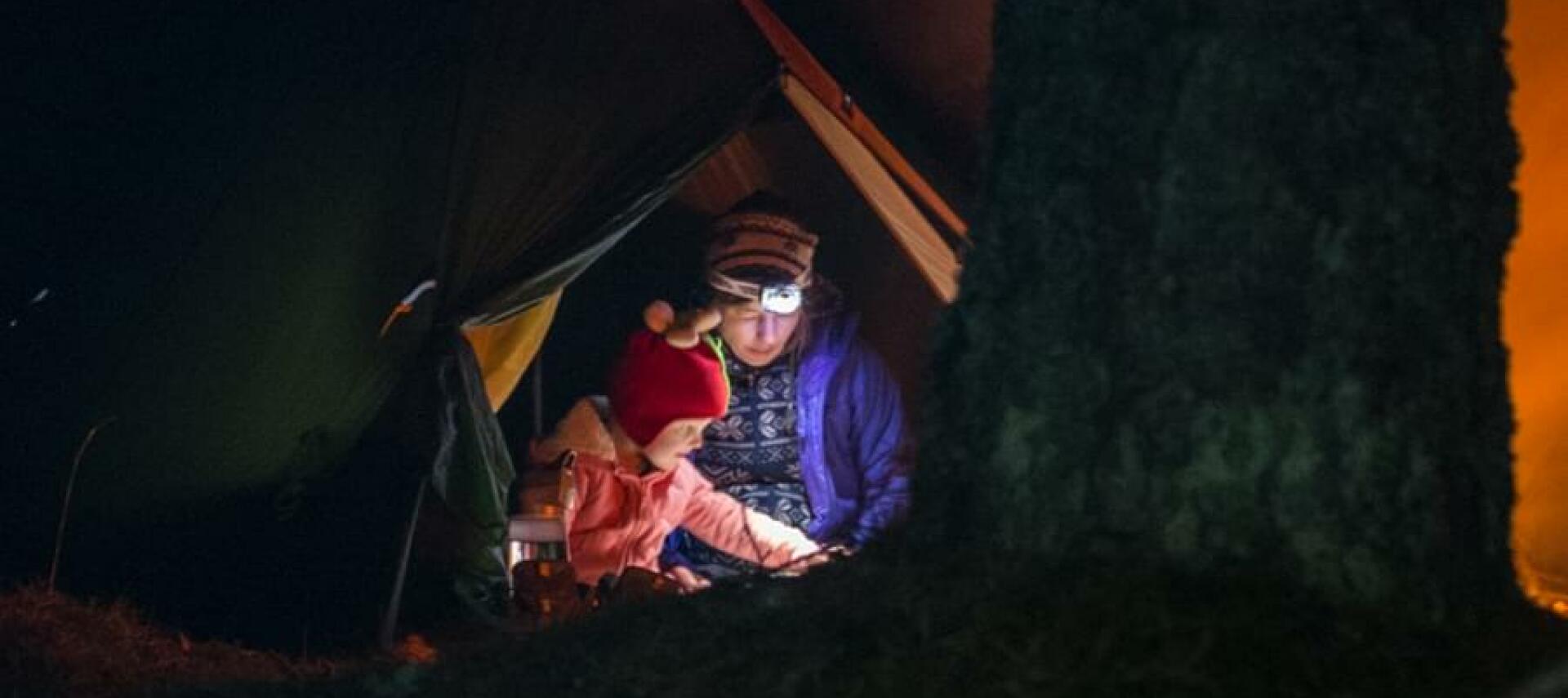Meet our new Nevis ranger
Jenny Eyre is the newest Nevis Ranger here at the Trust. With extensive experience in working outdoors and inspiring the public to connect with nature, she shares her thoughts on the Seasonal Ranger role and how you can get involved to help protect and maintain our precious wild landscapes.
What appealed to you about the Seasonal Ranger job?
Having spent the lockdowns working an office job, living in a London flat, I was keen to get back to working outdoors again. I previously worked as an outdoor instructor/mountain leader and saw this great opportunity to help look after and learn about some of the busy paths, routes and environments that I have enjoyed myself. I also have an interest in the observatory on the summit of the Ben after having worked at the Met Office completing weather observations in the past.
What things do you see on your 'patrols' that make you smile?
It’s great to see such a diverse mix of people from around the world, enjoying the special conservation areas that we look after. I love that with the Scottish Outdoor Access Code, Scotland’s wild places are much more accessible than south of the border.
What challenges do you see in managing and maintaining this unique landscape?
At 1345m, and the highest in the UK, Ben Nevis is a hugely popular mountain. This brings very high visitor numbers, more than 150,000 on the mountain track every year! This can create challenges with erosion and damage to routes and puts sensitive, fragile and rare upland and alpine habitats at risk. We work hard to maintain the footpaths so that the impact is minimised.
The stunning Steall falls is also hugely popular for picnics and wild camping. Within the gorge and Glen we have segments of Scotland’s rainforest, wet heath and peatland habitats which are internationally significant. It’s great that so many different people can access and experience this wild place and it’s super important for us to protect that essential wildness and help ensure visitors are aware of how important it is to Leave No Trace of their visit and how they can best achieve this. It can take a lot of time to minimise long lasting impacts of a few irresponsible actions.
Who do you see on a typical day out in the Nevis area?
On the mountain track I often come across inspirational stories of determination and commitment from people challenging themselves on the Ben. Through the gorge towards the Steall Falls is popular with families and groups of friends getting away to enjoy the peacefulness of the Glen.
What do visitors need to think about for a day in the Nevis area?
Planning is key. No matter where you’re aiming for, make sure to have a plan in place for the facilities you may need (e.g. toilets and parking) as well as provisions such as food, water and a way to carry your litter home with you. If you’re challenging yourself with the mountain summit then you’ll also need to check the forecasts specific to the mountain (e.g. the MWIS West Highlands Forecast).
The Ben path travels to and through an alpine environment and as such you need to have the right kit with you: this includes warm layers, waterproofs, sturdy footwear/boots, suitable food, at least 1L water and sun protection. You will also need the ability to navigate with map and compass should the clouds come in and visibility drops when you’re on the summit plateau to avoid the cliffs and gullies close to the path.

Help us repair Ben Nevis footpaths
Help us carry out urgent footpath repairs and protect alpine habitats.
How you can help Jenny protect the wild place where she works
Our Seasonal Rangers, like Jenny, work hard to protect the beautiful landscapes in the Trust’s care so they can be enjoyed by everyone, with minimal impact on the wildlife that lives there. You can help be a steward of these area by using the land responsibly and following Jenny’s advice in these two areas:

Walking/access/paths. You can help by:
- Picking up litter
- Not leaving any rubbish on the hillside –including organic / food waste such as banana peels, apple cores, nut shells and tissues
- We know these items will break down eventually but with thousands of people sharing these wild places we need everyone to take their litter home
- Keep to the paths to minimise damage and be careful not to trample young trees

Wild camping/picnicking. You can help by:
- Taking everything home with you – if you carried it in, please carry it out again
- Sometimes kit breaks or you don’t need it any more but you still have the responsibility to take it home so our rangers don’t have to
- Leaving the landscape exactly as you found it – please don’t move rocks or logs as you may disturb delicate hidden habitats
- Do not camp in enclosed fields of crops or animals and keep away from buildings, roads and historic structures
You need to be aware that whilst you might visit a place only occasionally and feel that you cause no harm, the land manager or the environment might have to cope with the cumulative effects of many people. Acting with awareness and common sense underpins responsible behaviour.
Scottish Outdoor Access Code
Jenny and the John Muir Trust team would love to welcome you to explore the Nevis area and show you what Scotland’s wild places have got to offer. If you see her or any of our Rangers, come and say hello! And remember to act responsibly so that everyone can enjoy these spectacular landscapes.
Find out more or get involved
Our funders
Our Seasonal Ranger role at Nevis is Supported by NatureScot, through the Better Places Fund.


